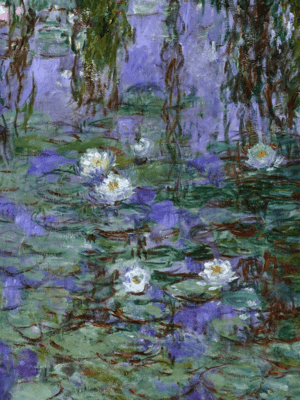
The aim of this list is to show viewers where I come from as an artist, in terms of inspiration. I differentiate between admiration and genuine inspiration. For instance, I acknowledge Pablo Picasso as an important artist, and though I admire him, I find I am not inspired by him. For this list I’ve challenged knowledge of art history, going back in time, but also highlighting artists from the present who inspire me.
1.Claude Monet
I felt like starting off with this painter because he is probably the most well known of the 20 artists mentioned. Being one of the plein-air founders, he set about discovering the pleasures ofpainting from nature, using several canvases to paint his landscapes and capture the light. He worked fast using short brush strokes, juxtaposed rather than blended to release them from the dominance of the line. It was more about colour than anything else. Form and line ceased to be absolute, but colour in turn became time related, changing and altering according to hour and day and season. It was from this technique that he became one of the founders of Impressionism, receiving vicious criticism and regular rejection from his contemporaries. But success came later. I have adapted his use of light and brushstorkes into my practice.
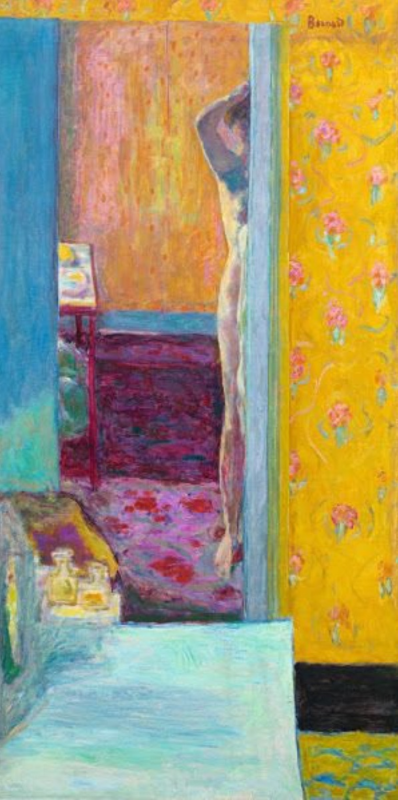
2.Pierre Bonnard
I first discovered Bonnard’s work while in Paris at the Musee D’Orsay at a solo exhibition. I was drawn to his domestic interiors and use of colour. It was neither Surrealist, abstract or representational in an academic pre-Impressionist sense. He was a Fauvist - some things were delineated sharply, while others were left distinct and blatantly ornamental in their disposition of forms. He would take a length of canvas on the wall of a room, often over patterned wallpaper and paint two or three different subjects on it, working from memory away from the motif. You can see the inspiration from Japanese wood cuts, with their flat colours, rhythmical organization and sharp, witty compositions. Remarkable! His use of color is a great inspiration to me.
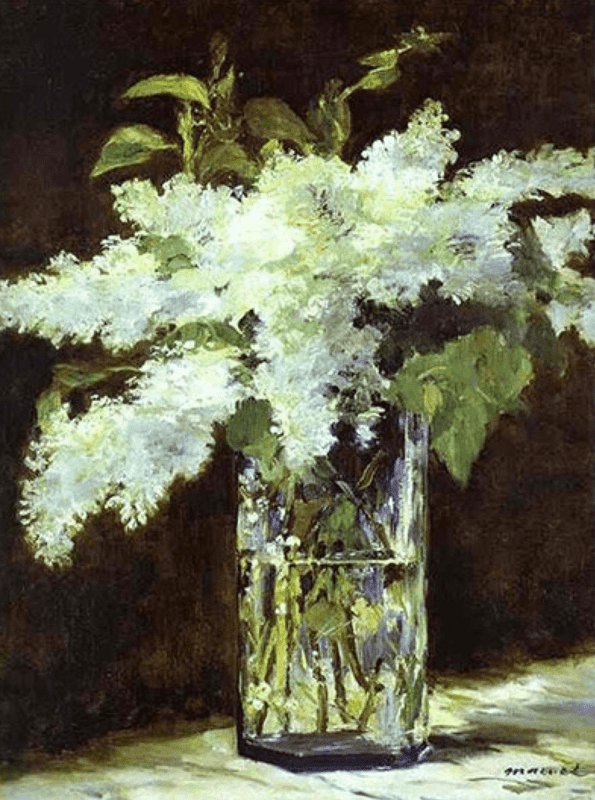
3.Édouard Manet
I am mostly inspired by his later flower still lifes. This is because they have a particular romance to them. A response to a visit perhaps started with company, the studio filled, or in silence. The bouquet is the trace of the departed visitor. Manet’s flowers are marvelously alive, and the movements of his brush bring each flower spontaneously into the world. Paint becomes flower. Each painted flower is a likeness, the freshness and directness of the painterly expression is one with the loveliness of the flowers. The sparkle of the flowers is identified in the sparkle of the paint. It is an important aspect of my work to portray that liveliness and romance of the flower.
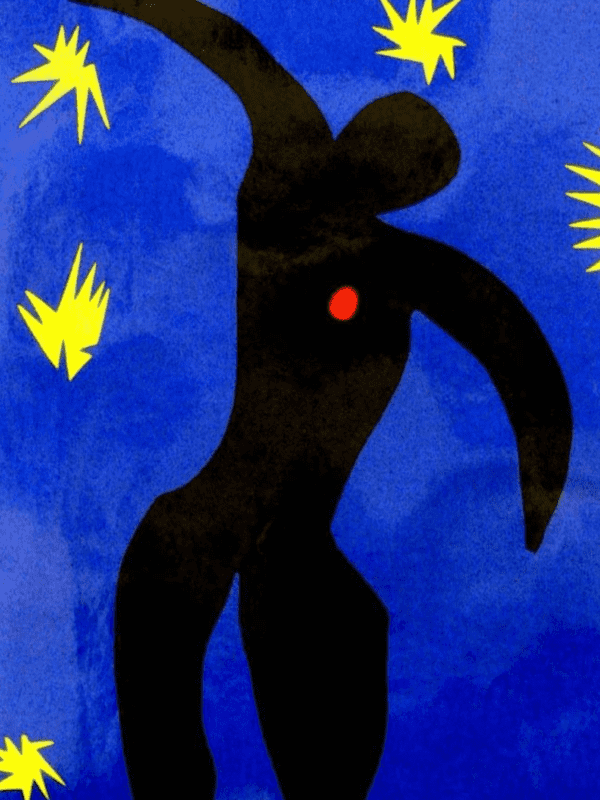
4.Henri Matisse
Matisse is known as one of the artists, along with Picasso, who helped define the revolutionary developments in the visual arts in the modern era. His intense colorism brought him notoriety as one of the Fauves (Wild Beasts). He developed a rigorous style that emphasized flattened forms and decorative pattern. When he moved to a suburb in Nice, France in 1917, he gained critical acclaim for his more relaxed work and for an upholder of the classical tradition of French
painting. After 1930 he adopted a bolder simplification of form. Within my Well Socialized Gardener series, I also strive to incorporate a decorative element within my compositions.
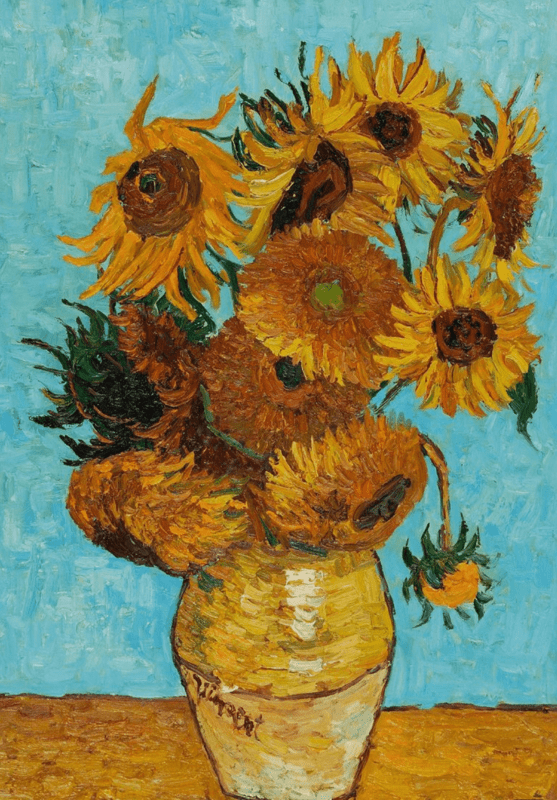
5.Vincent van Gogh
One of the most observant and thoughtful painters ever, he used colour brilliantly and densely, applying the paint in long linear strokes. The brightness and brushwork tended to be mistaken for vehemence. It was very personal – his emotional crises and periods of madness gave additional impact to his work. His subjects were landscapes, individual people, interiors, and sometimes objects. He heightened their colour and sharpened their characteristic forms to express his evaluation of them, and endowed them with a religious radiance. I share Van Gogh's love of thick paint and textured brush strokes.
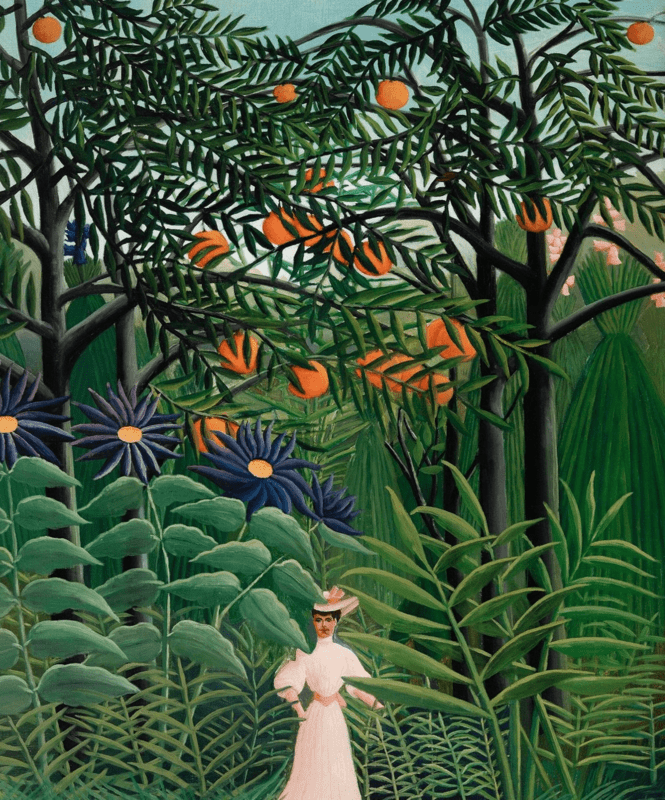
6.Henri Rousseau
I am inspired by this man’s experience more than anything else. Before he became a self-made, self-taught artist, he was a Parisian customs service clerk. At the age of 49 he decided to pursue his dream of becoming a full time painter. Of course, his tropical scenes of exotic fantasy were laughed at and ridiculed for he never once left France, but he believed in himself and worked hard. He eventually received an honorary banquet thrown by Picasso. I relate to him because I am a 36-year-old hairstylist trying to do essentially the same thing. My art may not look like his but there is a similar level of fantasy that is applied.
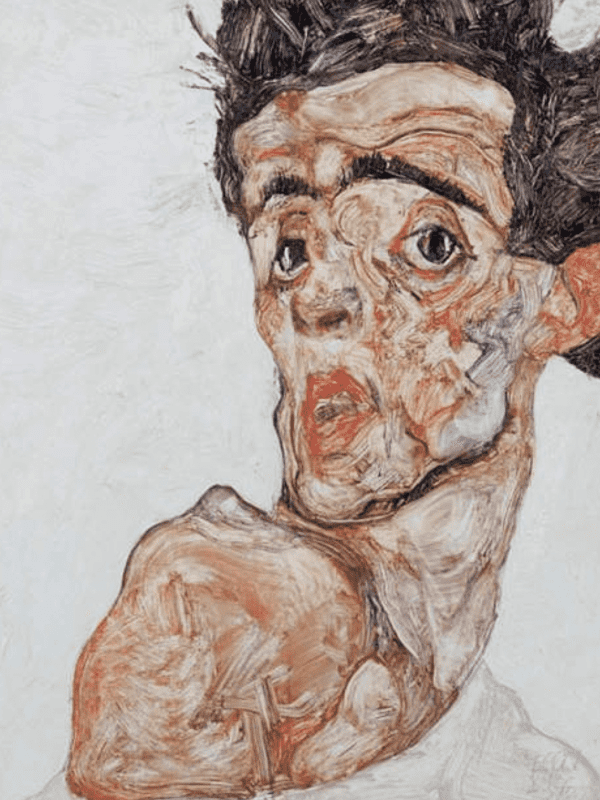
7.Egon Schiele
He was a master draughtsman, a master of beauty of form that did not exist before his time, and he established the artoform of portraying unfamiliar and alienating poses and bizarre movement. I am most inspired by his self portraits, and what I take from him is how he captures a personal essence - not a “pretty” or
flattering essence. More like an inner mayhem. My portraits are similar in this quality.
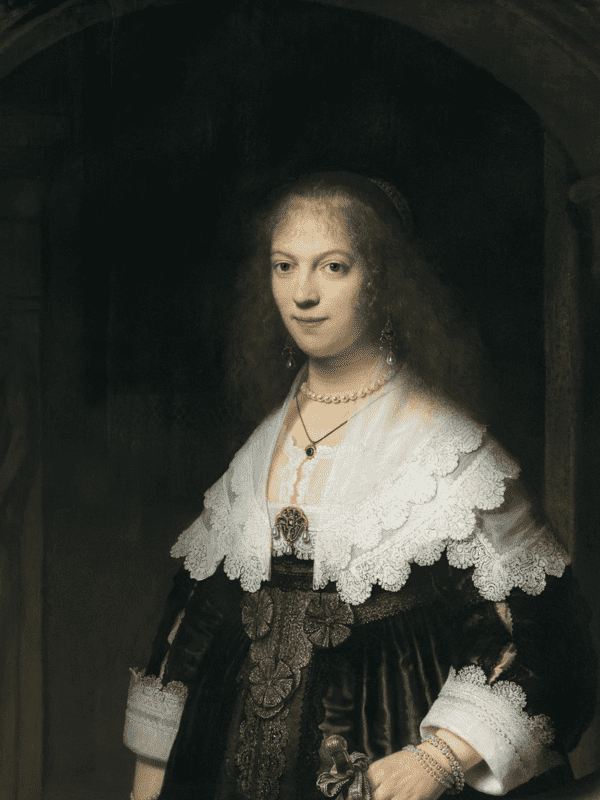
8.Rembrandt van Rijn
His painter’s eye was attracted to the splendour of costume. He was a great master in conjuring up the effect of shiny textures, showing the play of light on the precious fabric and the sparkle of gold and jewelry. I feel that I attribute elements of costume into the subject of the flower – the flower has a costume element, and flowers are the performers in nature's dance. The first impression of many Rembrandt paintings is that of a very dark brown, but these dark tones give even more of a power and force to the contrast of a few bright and brilliant swaths of colour. This element of light vs. dark is something that I have applied in my series The Well Socialized Gardener.
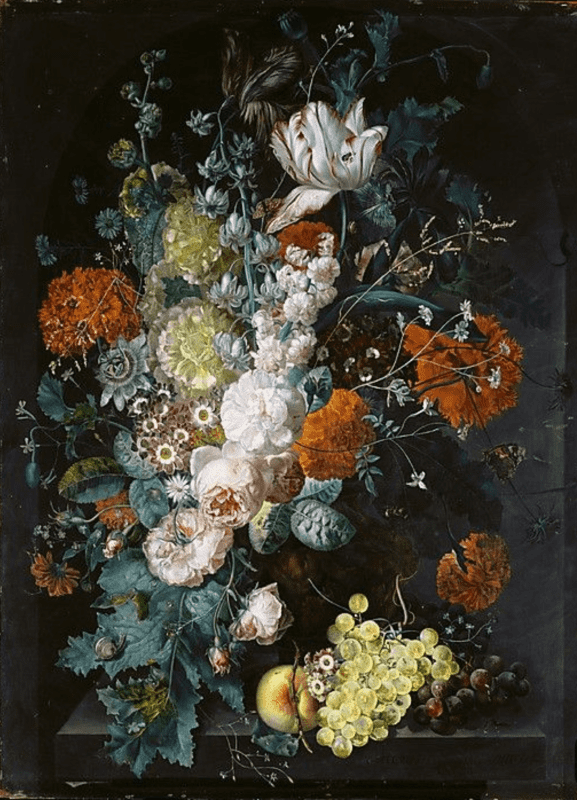
9.Margaretha Haverman
She was an 18th century floral still life painter from the Netherlands, and was a pupil of the famed painter Jan van Huysum. Margaretha unfortunately disgraced her name by plagiarizing her teacher’s work and was thrown out of two schools, so there are only two known works of hers that are signed: A Vase of Flowers (1716) and Flower Still Life on a Store Slab with Butterfly and Other Insects. I would classify her work under the Dutch master style, with intense attention to realist detail, beautiful use of light and dark, and subtle framing techniques. As a floral painter, I aspire to be as detailed as my brain will allow, and I also enjoy using framing techniques in my work.
Stay tuned for 20 Artists that Inspire Me and Why - Part Two: New Inspirations